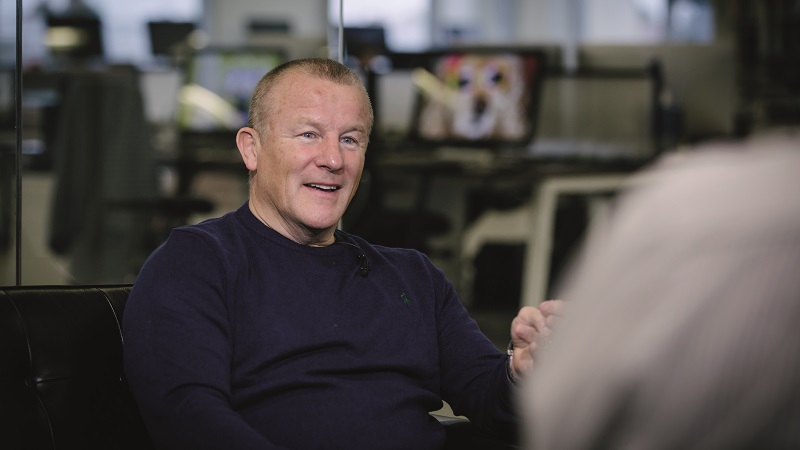With bond yields on sovereign debt in many parts of the world close to historic lows, bondholders face two immediate problems. First, how do they obtain a level of income above inflation? And second, how would they mitigate the loss of capital if bond yields were to rise significantly from these lows?
Moving away from sovereigns and into the high-yield corporate market is one option for the first problem. However, it does introduce credit risk, which, as an aside, is also becoming an issue in some of the sovereigns, notably across southern Europe.
Solving the second problem is exercising minds across the whole bond spectrum.
Measuring interest rate risk is a function of the portfolio’s duration and there are more definitions of this term than the proverbial hot dinner. But let us take a look here at modified duration, which is a basic indicator of the sensitivity of bond prices to a change in interest rates.
A bond or a bond portfolio that has a modified duration of 5 will suggest a 5% gain or loss of capital for every 1% move in bond yields.
Coincidentally the number for modified duration is normally just below the term in years of the bond. However, the actual yield of the bond does affect the duration number. As a general rule, the higher the yield, the lower the sensitivity.
Impact of QE
Back in the ’80s, according to Goldman Sachs, the average yield and duration of the ten-year treasury was 10.6% and 6.1 years respectively. Even if rates rose 100 basis points, investors would still make money. Today, the on-the-run ten-year treasury has a yield of 1.6% and a duration of 9.2 years, resulting in heightened rate sensitivity and significantly less coupon to offset principal losses during periods of higher rates.
Investors tend to forget that it was not even three years ago that sovereign bond yields were at 4%. Quantitative easing has been the main factor in dragging yields downwards, both here and in the US, and let us not forget Europe either. QE is still a major policy initiative and central banks don’t look likely to raise rates any time soon, but the risk of a sharp rally in bond yields is still an outside possibility in the volatile markets with which we have to live these days. In the above scenario, a move to 4% for the ten-year treasury would inflict a capital loss of around 20%.
The short end of the gilt market – five years and lower – will naturally enough have a much lower duration and thus better capital protection. However, yields are seriously unattractive, in many cases generating a negative real income return at current rates of inflation.
The investment-grade corporate bond market in the UK is more attractive on two counts. First, the yield spread over gilts is around 2%, and the companies themselves are in much better shape than the Government in terms of overall debt – much better!
Go low
Low-duration strategies, which maintain an average bond portfolio duration of between one and three years under normal market conditions, should be less volatile than longer-duration strategies and are often used as an alternative for traditional cash deposits. Yields of around 2.3% with a similar number for duration are available for the more cautious investor from funds like the Axa Sterling Credit Short Duration Bond Fund.
The US high-yield corporate bond market has its attractions for those looking for a more appealing level of income and both the Axa US Short Duration High Yield Bond Fund and the similarly named Muzinich offering are both worthy of consideration; they have durations of under two years with yield to worst numbers of around 4%.
This is the lowest potential yield that can be received on a bond without the issuer actually defaulting and takes into account the fact that some bond issues can be called early. The yield to full maturity would be higher.
There is an argument that we are following the Japanese experience and that yields on ten-year gilts and treasuries could fall below 1%, but the risk/reward trade-off is still very unattractive. In these uncertain times a short duration strategy, while not the most exciting investment option, has a great deal going for it.










